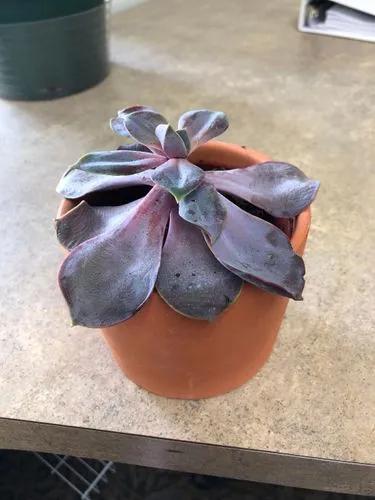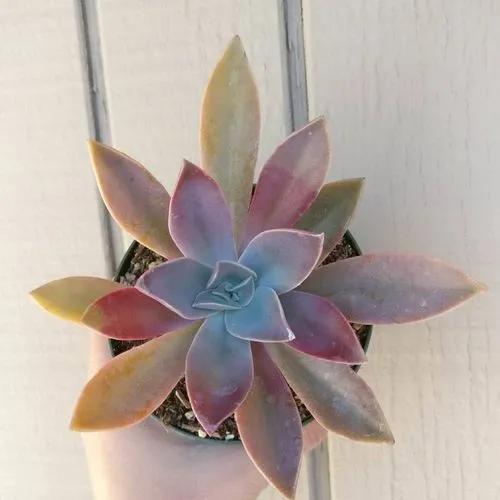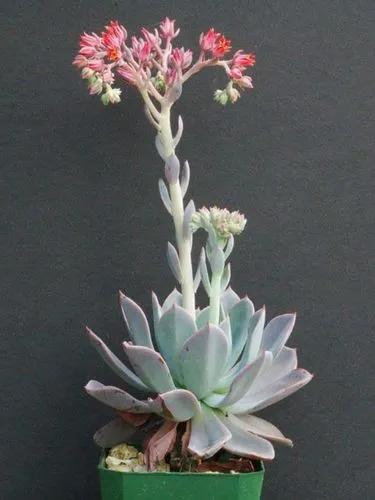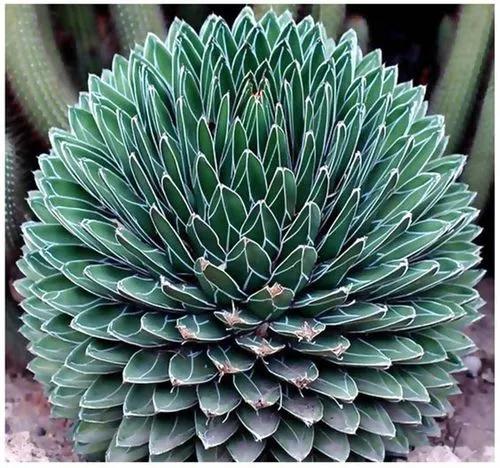Aloe Minnie Belle is an attractive one-of-a-kind plant ideal for small spaces and is simple to care for. Due to its medicinal properties, it is an excellent addition to any home or garden.
Aloe Mini Belle Care
Aloe 'Mini Belle'



Aloe 'Minnie Belle' is a small and compact South African succulent. To identify this plant, look for the small, rosette-shaped green leaves with white spiky edges. Despite its appearance as a succulent, it's actually a member of the Lily family. The plant grows about 7 inches (20 cm) tall and wide, making it ideal for small spaces or as a container plant.
How to Care for the Plant

Water

When watering the succulent, letting the soil dry completely before watering again is critical. This succulent is drought-tolerant and does not need to be watered frequently, which means that a once-in-2-weeks watering schedule is good.

Pruning

Pruning is rarely necessary, but any damaged or dead leaves should be removed as needed. Cut the leaf off at the base with a clean, sharp knife or scissors, careful not to damage the surrounding leaves or stem.

Fertilizer

Fertilizing is optional, but if you do, use a balanced fertilizer with a 20-20-20 or 30-10-10 ratio and apply it every two to three months during the growing season. Make sure to dilute the fertilizer to half-strength and avoid getting it on the leaves, as this can cause them to burn.

Sunlight

Aloe Minnie Belle does best in indirect, bright light but could get sunburned if left in direct sunlight. The leaves could become long and lanky if the lighting needs to be improved.

Soil

Because it is prone to root rot if left in standing water, the plant should be grown in well-draining soil. You can use a cactus or succulent potting mix specifically designed for these plants, or you can make your own by mixing equal parts of potting soil, perlite, and sand.

Propagation

Offsets or leaf cuttings can be used to propagate it. Offsets: remove small plantlets from the mother plant and plant them in a separate pot. Leaf: cut a healthy leaf from the plant and let it callus before planting it in well-draining soil.

Temperature

This plant prefers a temperature range of 60-80°F (15-27°C) and should be protected from drafts and extreme temperature fluctuations. It is also sensitive to frost, so bring it indoors or provide protection if you live in a cold climate.

Container

Choose a pool with drainage holes to let the excess water drain and prevent root rot.

Fun fact

The medicinal properties of the Aloe plant are well known. The gel-like substance inside the plant's leaves can be applied topically to relieve burns, cuts, and other skin irritations. People living with asthma and arthritis could benefit from its use because of its potential anti-inflammatory effects.

Popularity

58 people already have this plant 19 people have added this plant to their wishlists
Discover more plants with the list below
Popular articles






